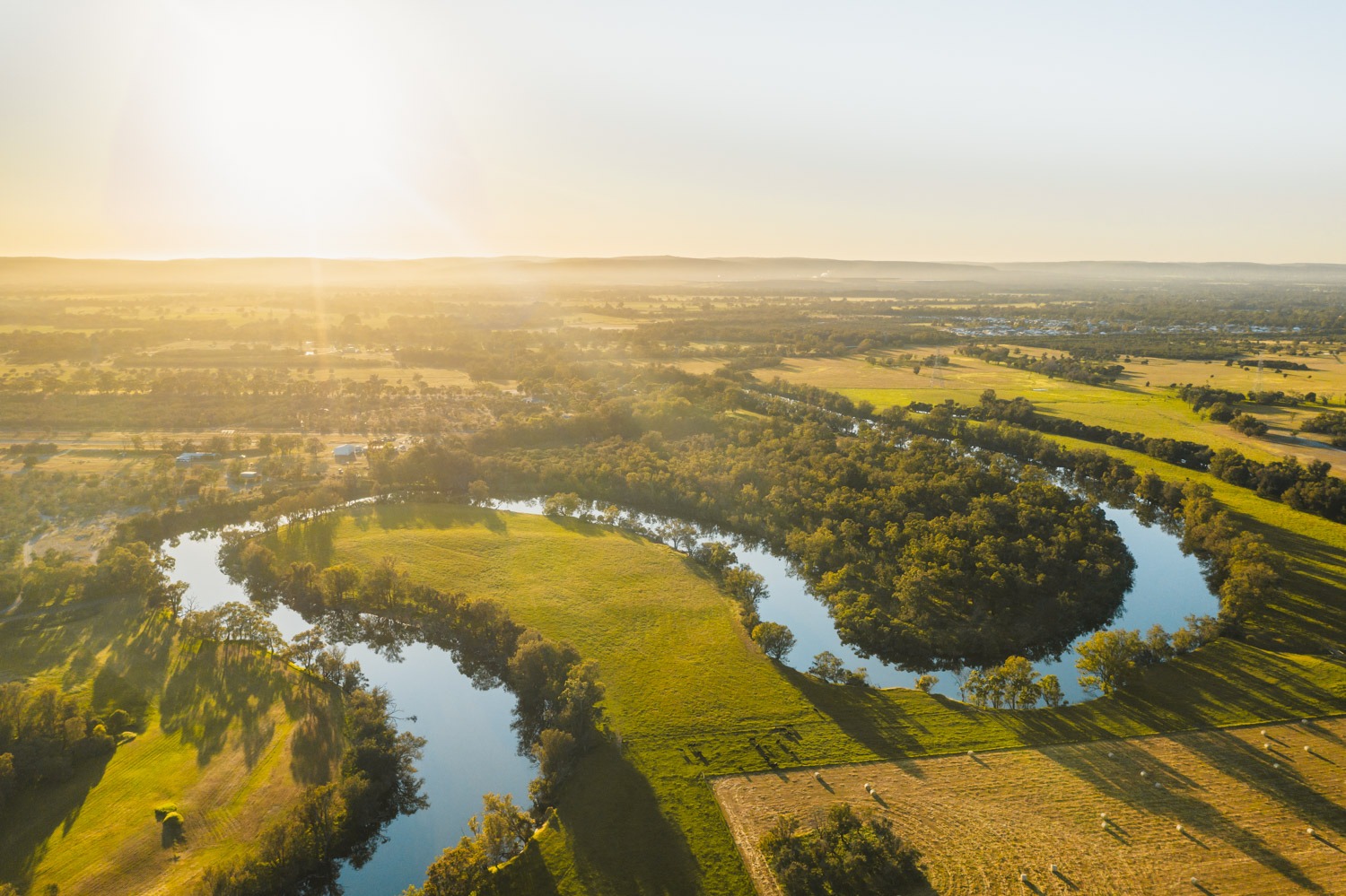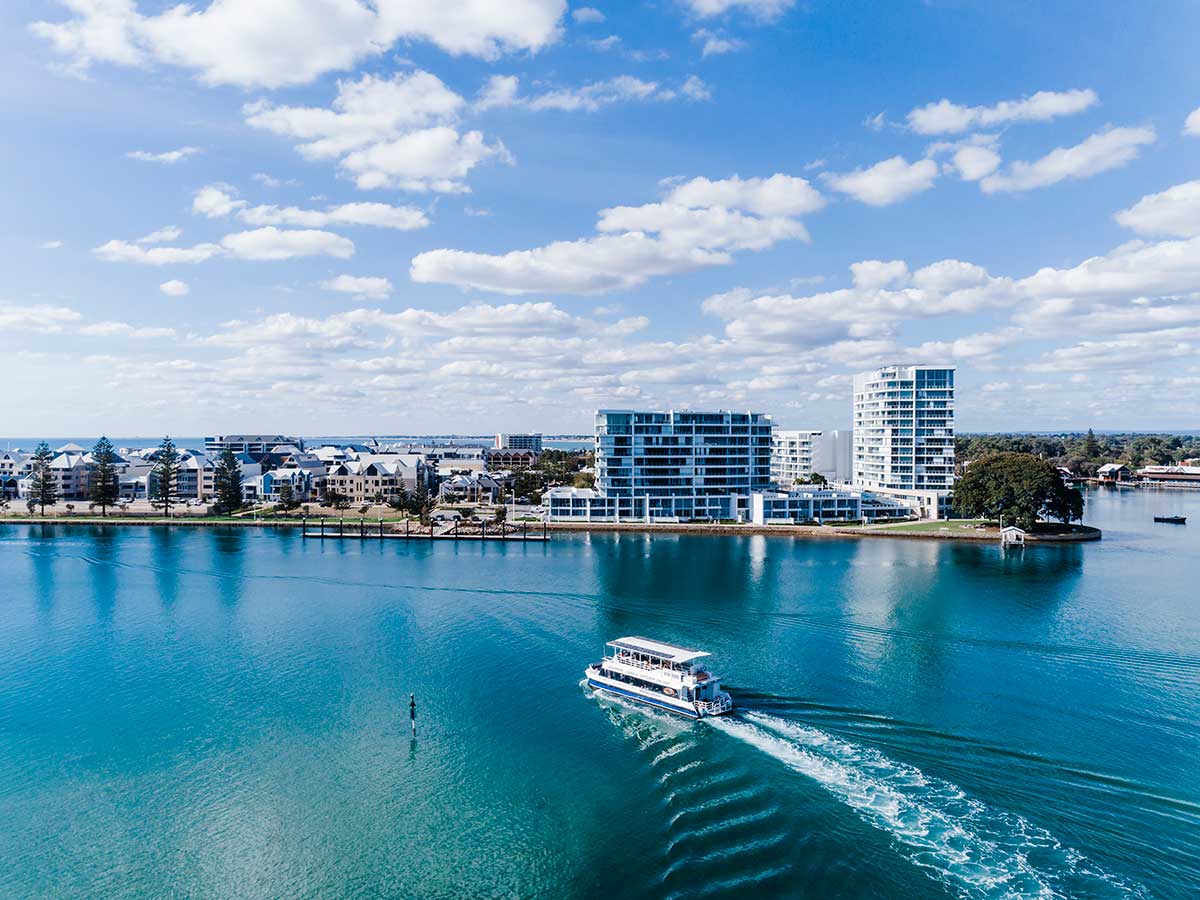CLOSER TO NATURE
Explore the geological, natural and cultural wonders of the Peel Region along the Binjareb-Peel Geotrail, stretching from Mandurah to Lake Clifton, and out to Pinjarra and Waroona. This self-drive scenic trial highlights the unique geology, flora, fauna, and cultural heritage of Bindjareb Noongar Country.
Twelve sites along the trail provide detailed insights, with signage guiding you to explore the region's natural and cultural significance. From the remarkable thrombolites at Lake Clifton, the largest known occurrences in the southern hemisphere, to the majestic Murray River, each site tells a story of the region's deep connection to nature and history.
In Pinjarra, the Geotrail leads to the Murray River, a waterway lined with flooded gum trees and saltwater paperbarks. The river holds profound cultural importance, acting as the offspring of the Rainbow Serpent in dreamtime stories of creation.
TRAIL HIGHLIGHTS
CONTINUE THE QUEST









